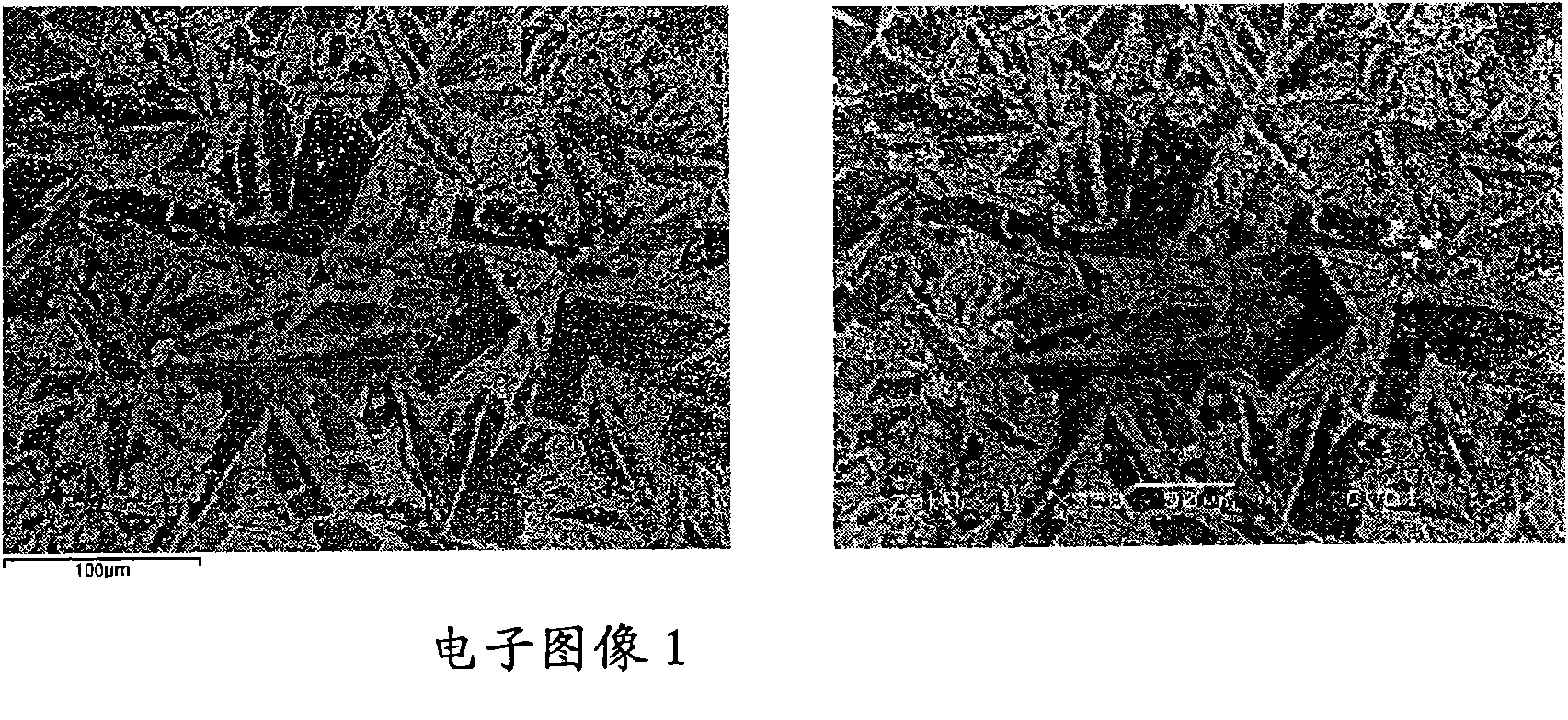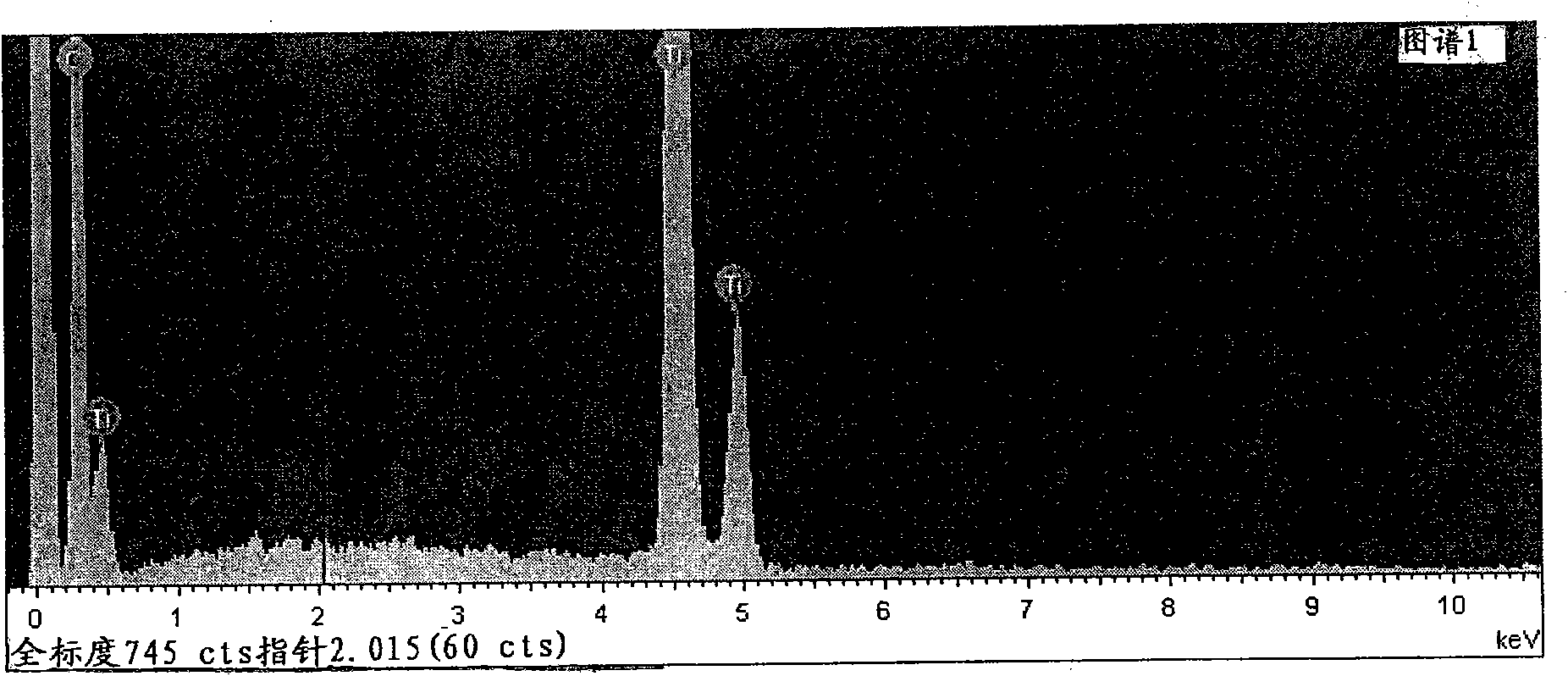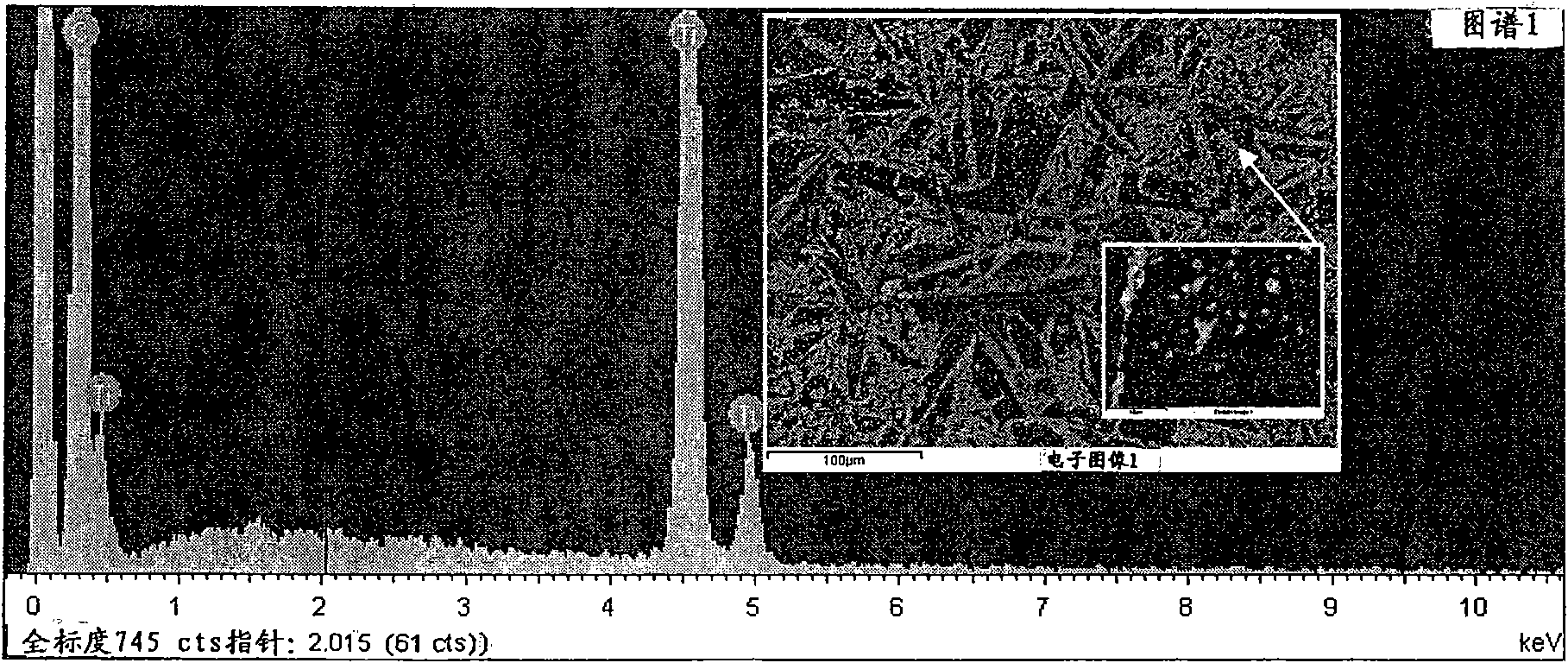Coated diamond
A diamond and single crystal diamond technology, applied in the field of coated diamond abrasive grains, diamond grains, tools, and tools containing abrasives, can solve problems such as pollution and damage to the structural integrity of the coating, and achieve the effect of cost reduction
- Summary
- Abstract
- Description
- Claims
- Application Information
AI Technical Summary
Problems solved by technology
Method used
Image
Examples
Embodiment 1
[0110] Three coating products were prepared on Element 640 / 45US Mesh abrasive grains: (1) 0.5 μm Ti coating applied by PVD, (2) 0.5 μm TiC coating applied by CVD, and (3) coating by CVD A coating (0.4 μm thick) consisting of the TiC primary layer obtained and a W secondary layer obtained by PVD.
[0111] Coated diamond abrasive grains were mixed with solder paste and placed on tungsten carbide coupons. The coated diamond, braze, and coupon were then heated using an induction coil until the solder paste was visibly melted and all flux had been burned off. The brazed samples were tested after cooling. In all cases it was seen that the solder paste did not wet the coating surface. Therefore, (1), (2) or (3) cannot be brazed in air because the coating surface oxidizes and thus inhibits the wetting of the brazing material. The reasons described above are expected to result in poor retention of diamond in the solder.
Embodiment 2
[0113] Using (1), (2) and (3) from Example 1, a silver overcoat (0.1 μm thick) was applied to each coated product obtained by PVD to prepare samples (4), (5) respectively and (6). Brazing was performed as outlined in Example 1. In the cases of (4) and (5), the solder paste did not wet the surface of the diamond. However, in the case of (3), the coated diamond is wetted by the brazing filler metal. Thus, samples (4) and (5) would be expected to result in poor diamond retention in the solder, while sample (6) would be expected to have relatively good diamond retention in the solder.
Embodiment 3
[0115] Two coating products were prepared on element 6325 / 400 US Mesh abrasive grains: (7) a coating consisting of a TiC primary layer obtained by CVD and a W secondary layer (0.4 μm thick) obtained by PVD, and ( 8) Coating consisting of a TiC primary layer obtained by CVD, a W secondary layer obtained by PVD (0.4 μm thick) and an Ag overcoat layer obtained by PVD (0.1 μm thick). Brazing was performed as outlined in Example 1. In the case of (7), the solder paste did not wet the diamond surface. However, in the case of (8), the coated diamond gets wetted by the solder paste. Therefore, sample (8) would be expected to have relatively good diamond retention in the solder.
PUM
| Property | Measurement | Unit |
|---|---|---|
| size | aaaaa | aaaaa |
| thickness | aaaaa | aaaaa |
| thickness | aaaaa | aaaaa |
Abstract
Description
Claims
Application Information
 Login to View More
Login to View More - R&D
- Intellectual Property
- Life Sciences
- Materials
- Tech Scout
- Unparalleled Data Quality
- Higher Quality Content
- 60% Fewer Hallucinations
Browse by: Latest US Patents, China's latest patents, Technical Efficacy Thesaurus, Application Domain, Technology Topic, Popular Technical Reports.
© 2025 PatSnap. All rights reserved.Legal|Privacy policy|Modern Slavery Act Transparency Statement|Sitemap|About US| Contact US: help@patsnap.com



